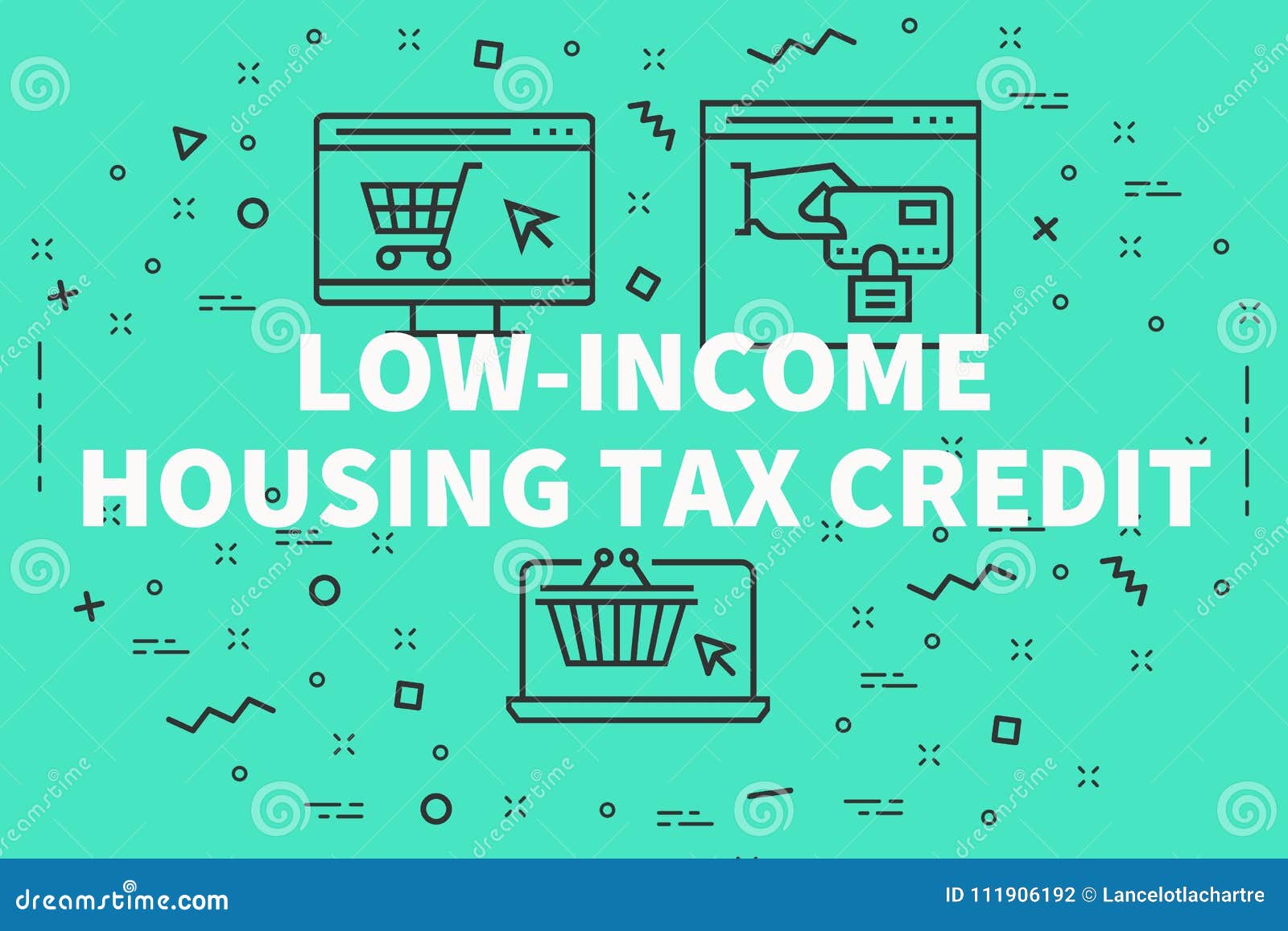USA: The Low-Income Housing Tax Credit
Introduction
The Low Income Housing Tax Credit (LIHTC) has emerged as a pivotal instrument in the United States’ efforts to address the shortage of affordable housing. Since its inception, the LIHTC has evolved into the largest source of new affordable housing, leveraging “investable” tax credits to incentivize the development of low‐income rental units. This innovative approach has garnered both praise and criticism, with some questioning its efficiency and others advocating for its expansion. In this comprehensive analysis, we delve into the intricacies of the LIHTC program, examining its tax expenditures, pricing mechanisms, efficiency, and distributional impacts. Additionally, we explore how the recent financial crisis has influenced the program and discuss the implications of proposed policy changes.
The Mechanics of the Low-Income Housing Tax Credit
The LIHTC program, established in 1986, offers tax credits to developers who construct or rehabilitate rental housing for low‐income households. These “investable” tax credits can be sold to investors, effectively converting the tax credits into capital for housing projects. This mechanism has been instrumental in financing the development of affordable housing units across the country. For instance, according to the National Council of State Housing Agencies, the LIHTC has financed over 3 million rental homes since its inception, providing a lifeline for millions of low‐income families.

Tax Expenditures and Financial Implications
Estimating the tax expenditures under the LIHTC program is crucial for understanding its financial impact. The tax credits are allocated annually by state housing finance agencies based on a formula that considers population and the number of low‐income households. In 2024, the total allocation nationwide was approximately $9 billion. This significant investment has led to the creation of numerous affordable housing units, but it has also raised questions about the program’s efficiency and the potential for better use of these funds.
Pricing and Efficiency Analysis
The Low-Income Housing Tax Credit program’s efficiency is often scrutinized through its pricing mechanisms. Developers receive tax credits based on the cost of the project and the percentage of units reserved for low‐income tenants. However, concerns have been raised about whether these credits are priced optimally. Studies have shown that the LIHTC program can sometimes lead to higher development costs due to the complexity of compliance and the need for additional financing mechanisms. This has sparked debates on whether alternative approaches could achieve the same goals more efficiently.
Distributional Effects and Equity Considerations
The distributional effects of the Low-Income Housing Tax Credit program are a critical aspect of its evaluation. While the program has undoubtedly increased the supply of affordable housing, questions remain about the equitable distribution of these units. Research indicates that LIHTC projects are often concentrated in areas with higher poverty rates, which can lead to potential issues of neighbourhood segregation. Efforts to address these concerns include policy proposals aimed at promoting the development of Low-Income Housing Tax Credit program units in more diverse and economically stable neighbourhoods.
The Impact of the Financial Crisis
The recent financial crisis had a profound impact on the LIHTC program. The downturn in the housing market and the broader economic recession led to a decrease in demand for tax credits, as investors sought safer assets. This resulted in a lower market value for the credits, making it more challenging for developers to secure financing for new projects. In response, policymakers implemented various measures to stabilize the program, including temporary increases in credit allocations and adjustments to eligibility criteria.
Policy Changes and Future Directions
The LIHTC program has undergone several policy changes in recent years, driven by both the financial crisis and broader housing policy debates. These changes include adjustments to the allocation formula, efforts to streamline compliance, and initiatives to promote the development of green and sustainable housing units. Looking forward, the future of the LIHTC program will likely be shaped by ongoing discussions about its role in addressing the nation’s affordable housing crisis and the need for continued innovation in housing finance.
In conclusion, the Low Income Housing Tax Credit program remains a cornerstone of the United States’ affordable housing strategy. While it has faced challenges and criticisms, its impact on increasing the supply of low‐income rental housing cannot be overstated. As policymakers continue to refine and adapt the program, the LIHTC will remain a vital tool in the pursuit of equitable and sustainable housing solutions.
